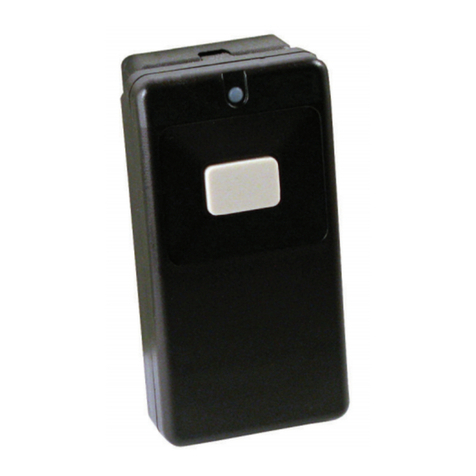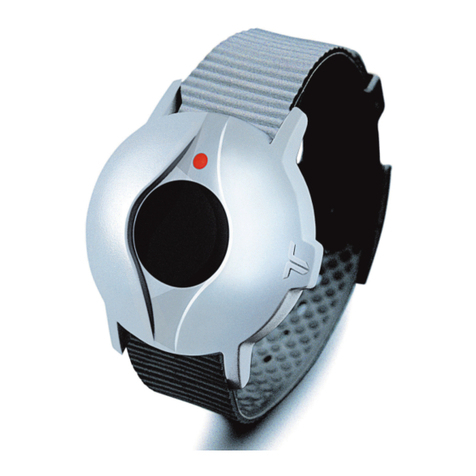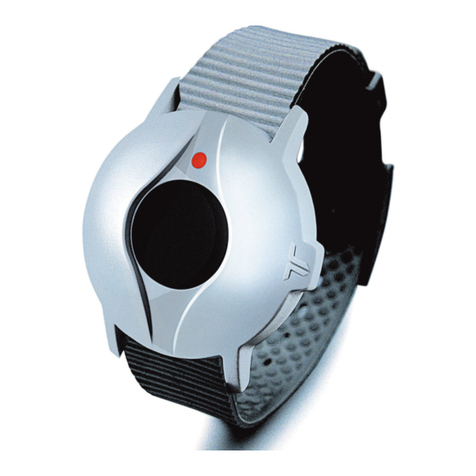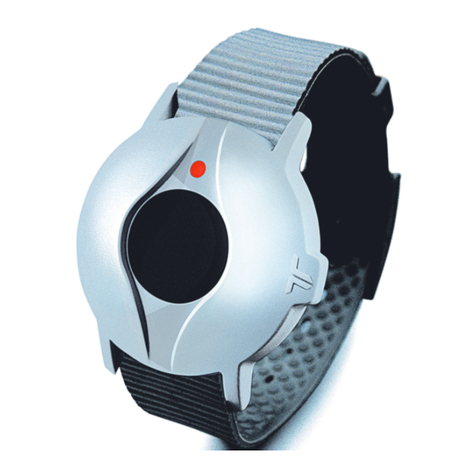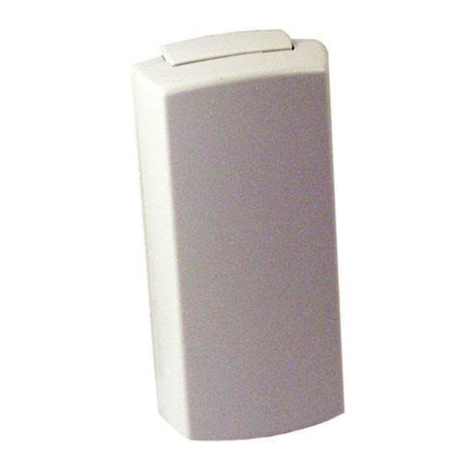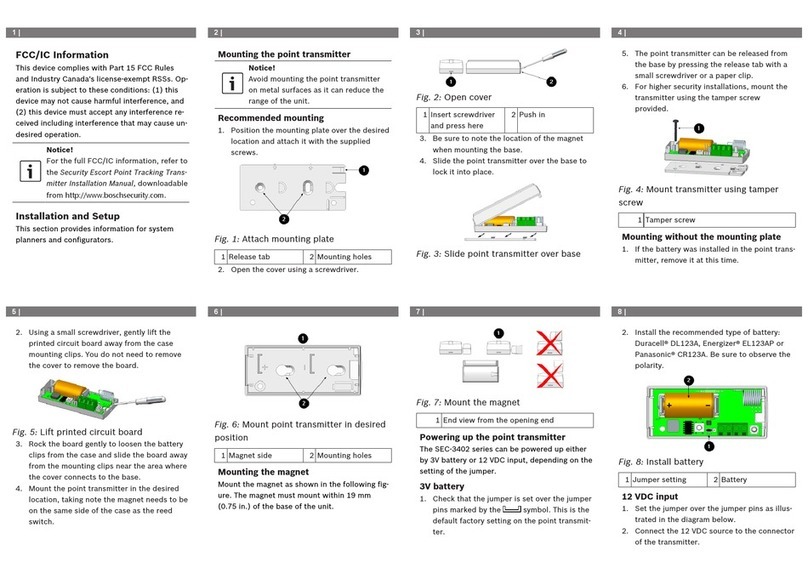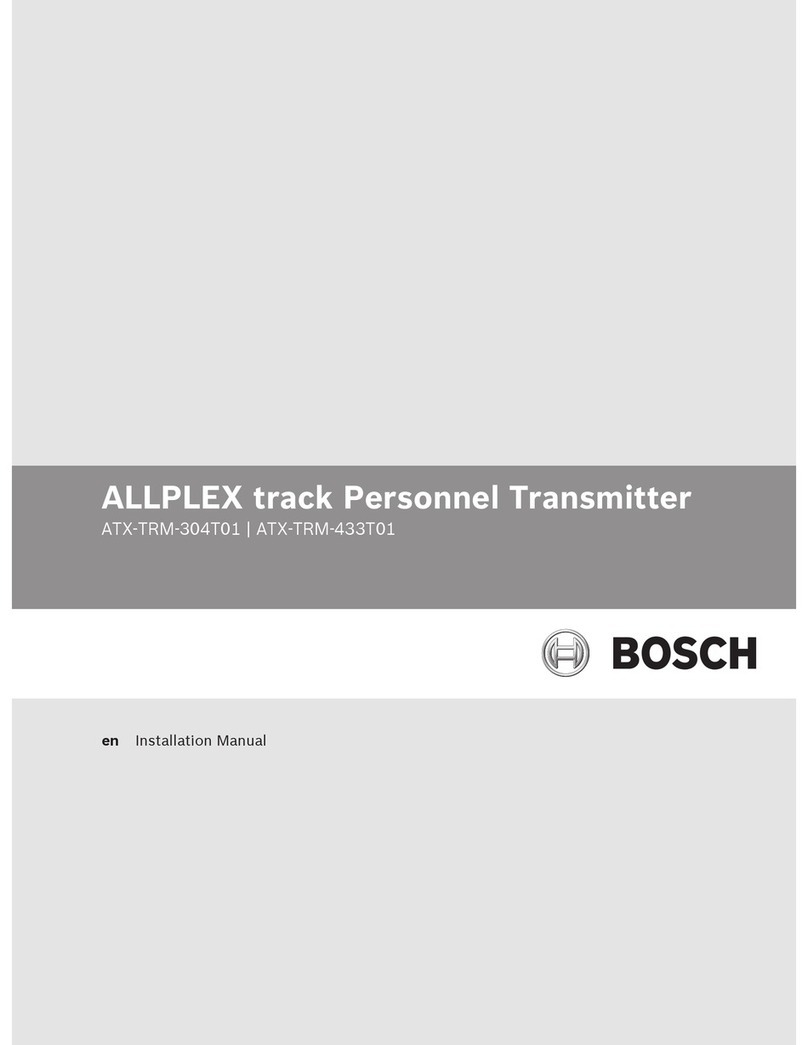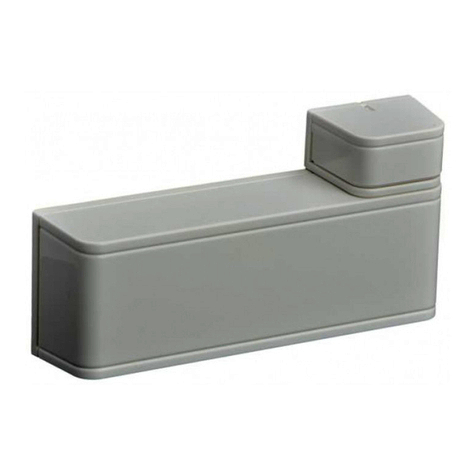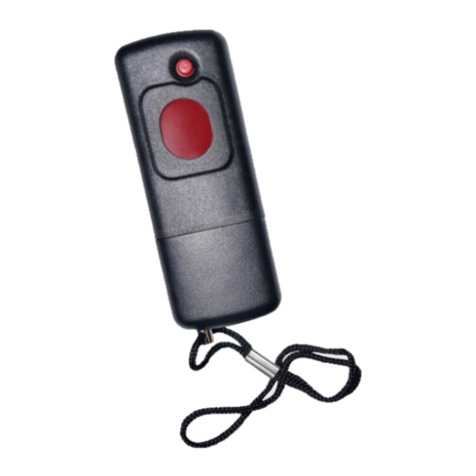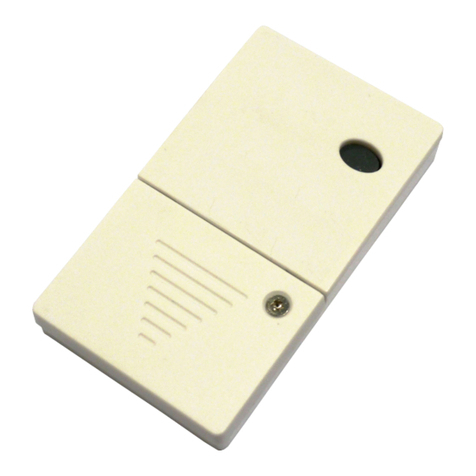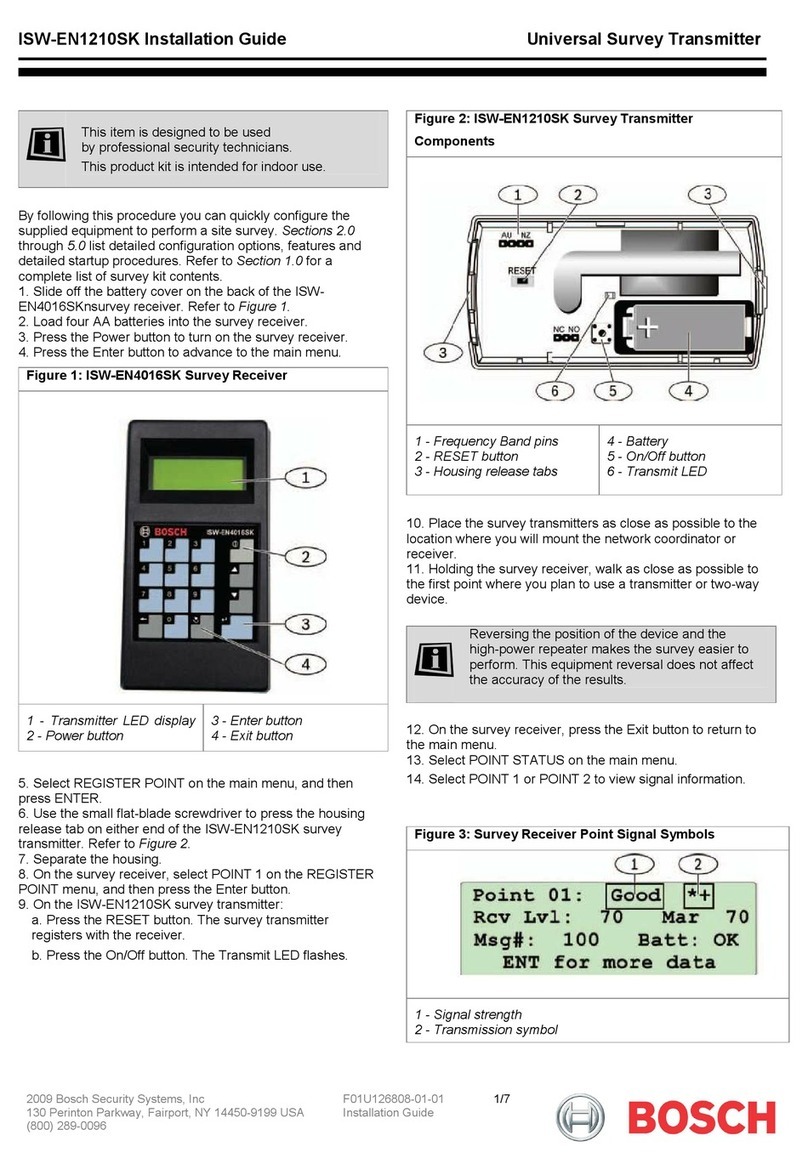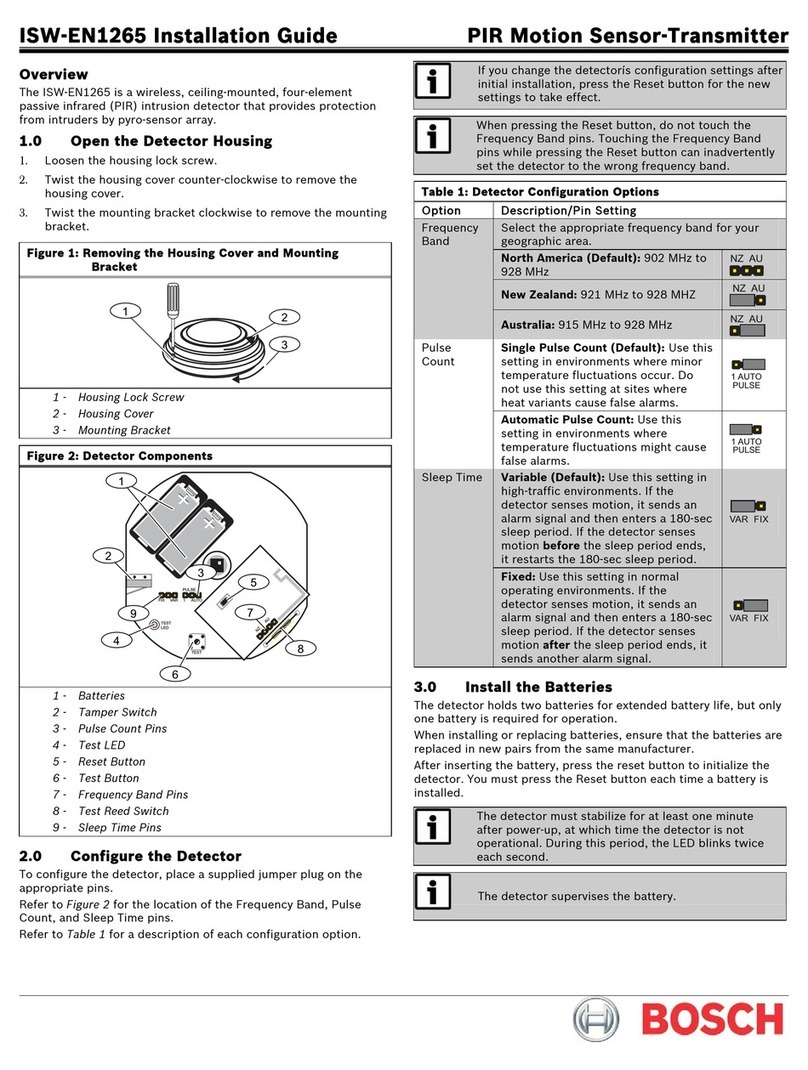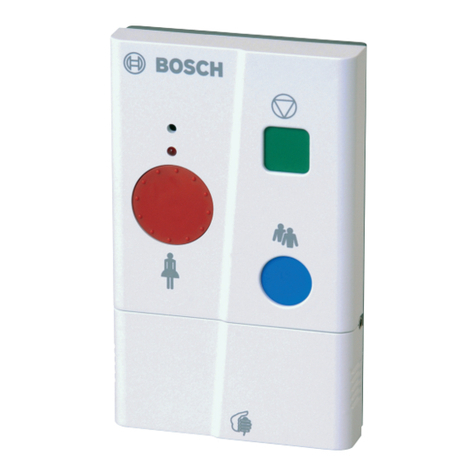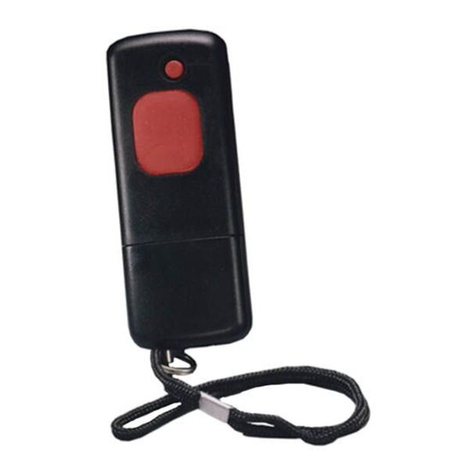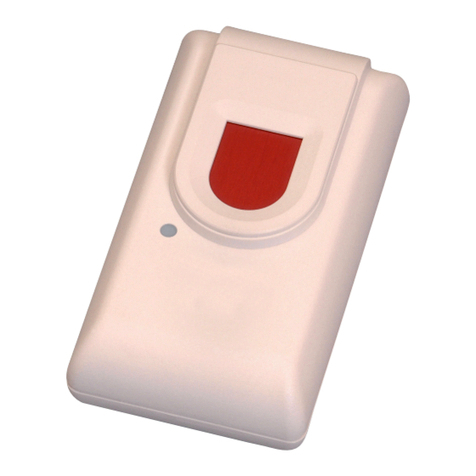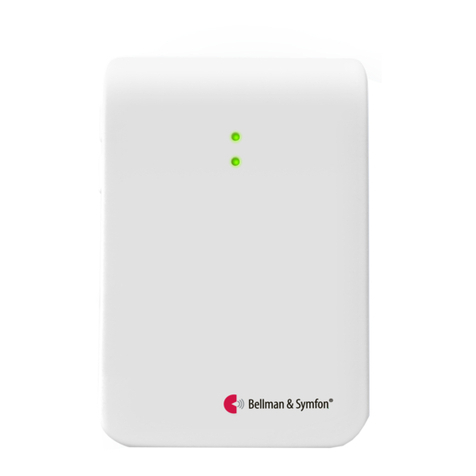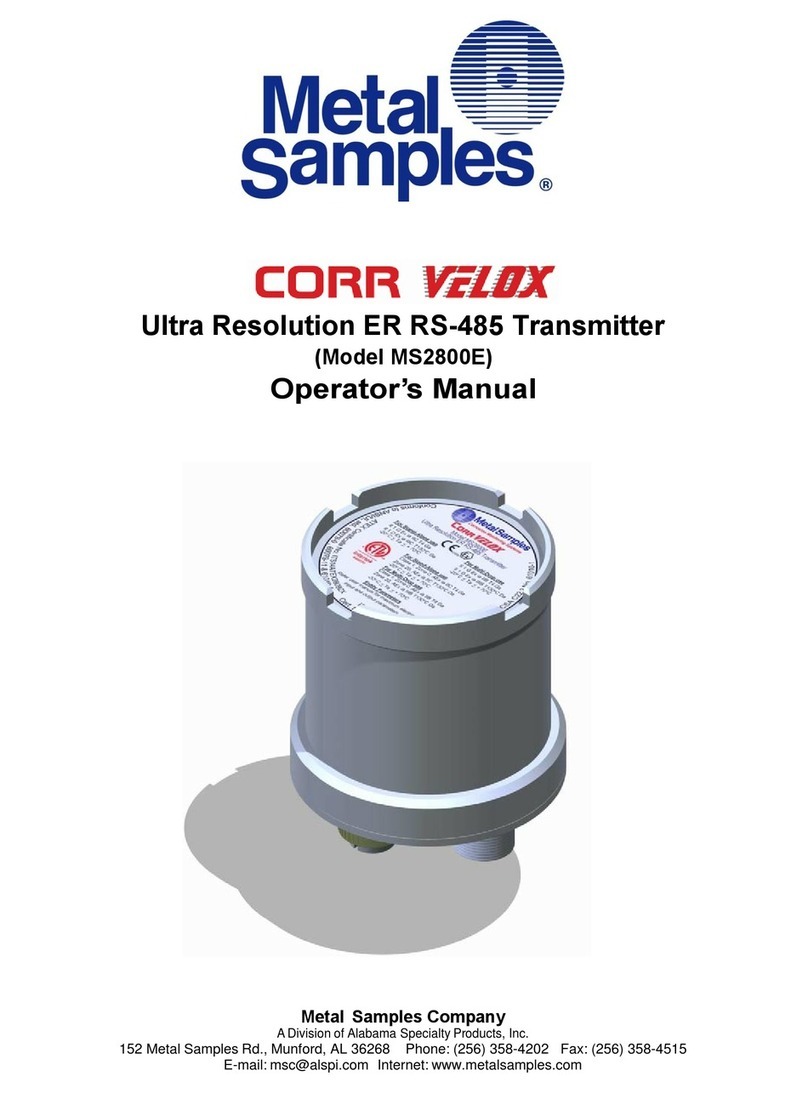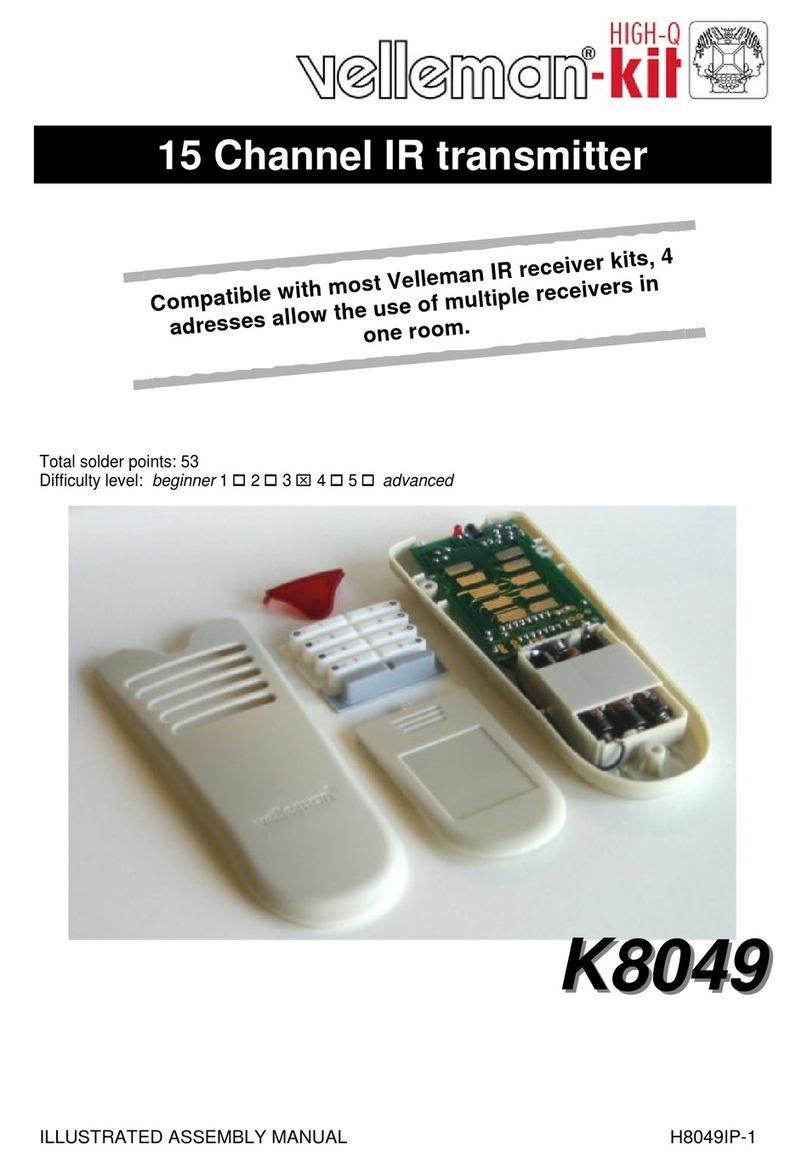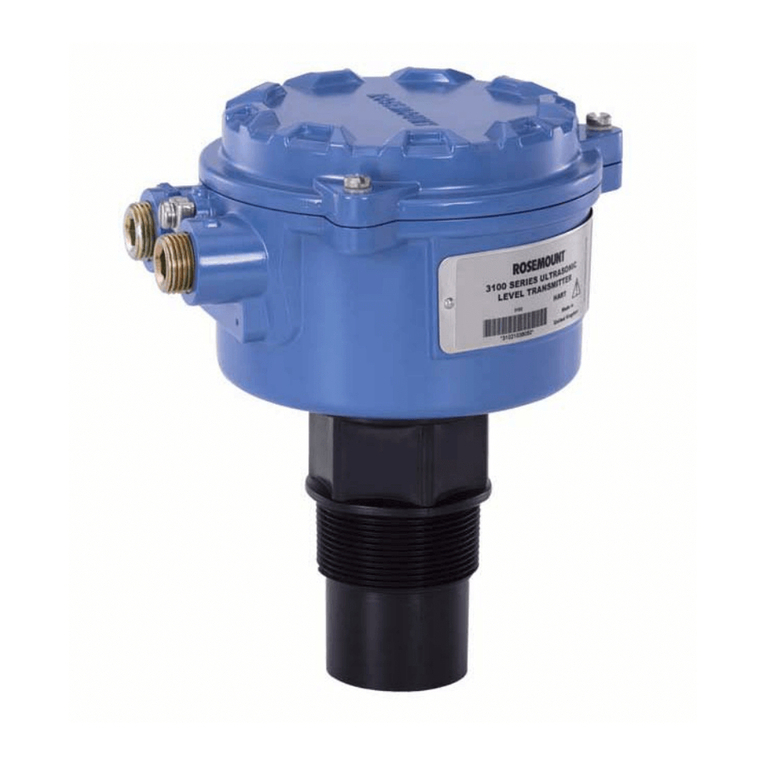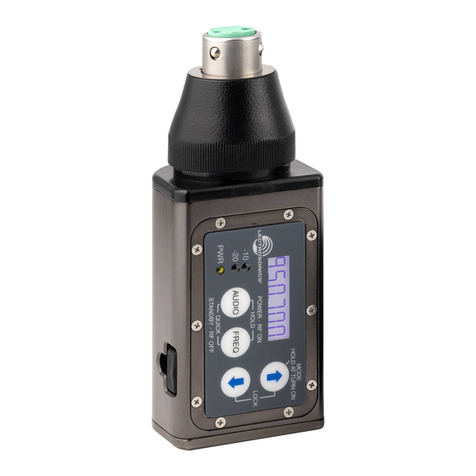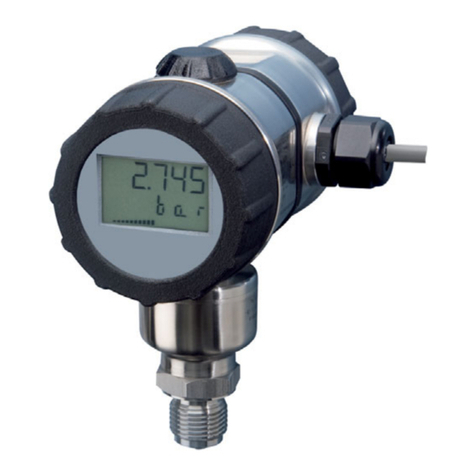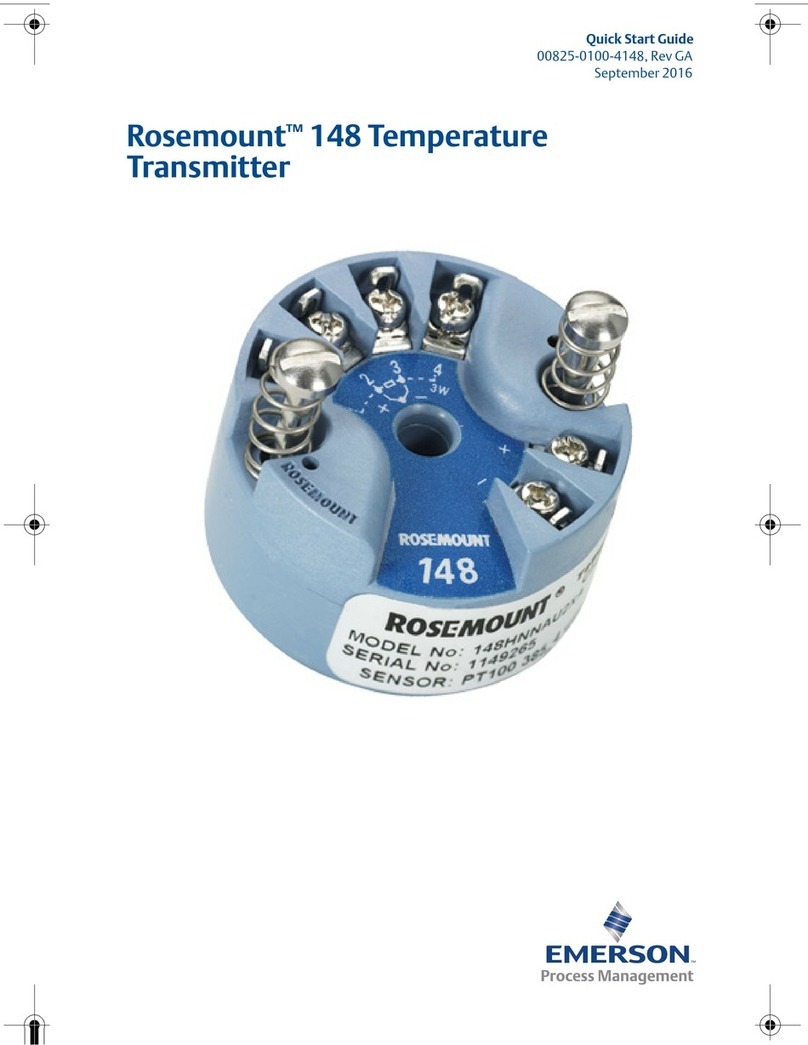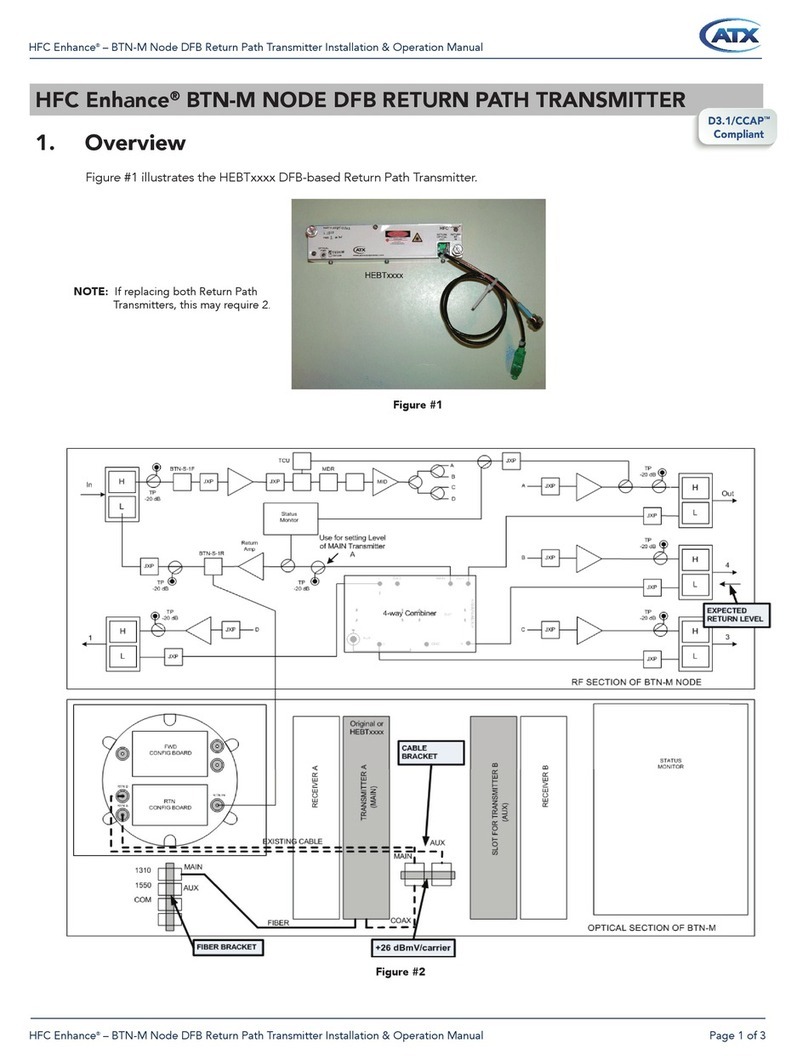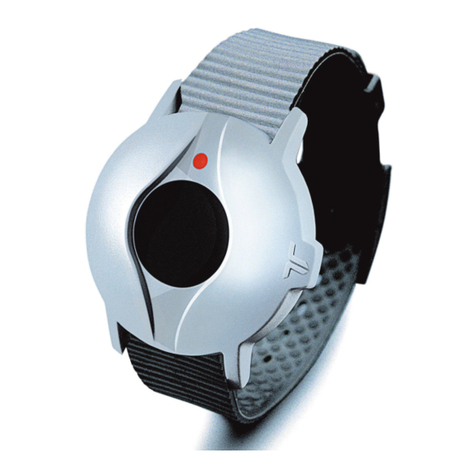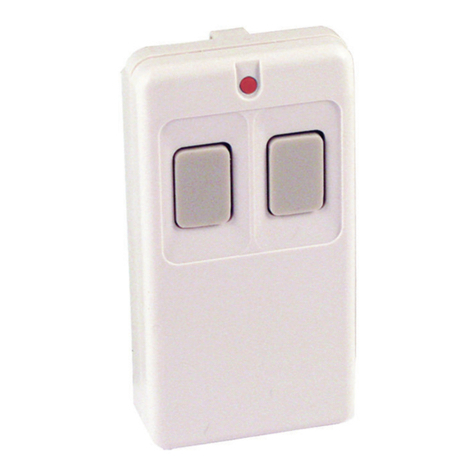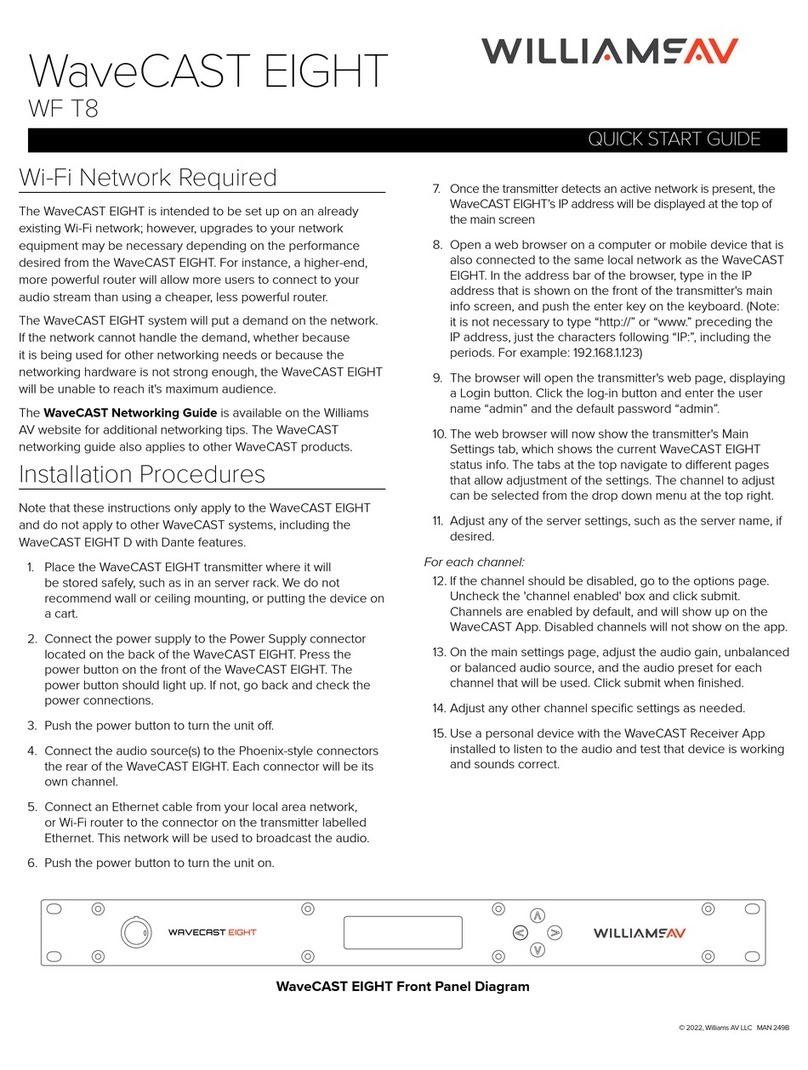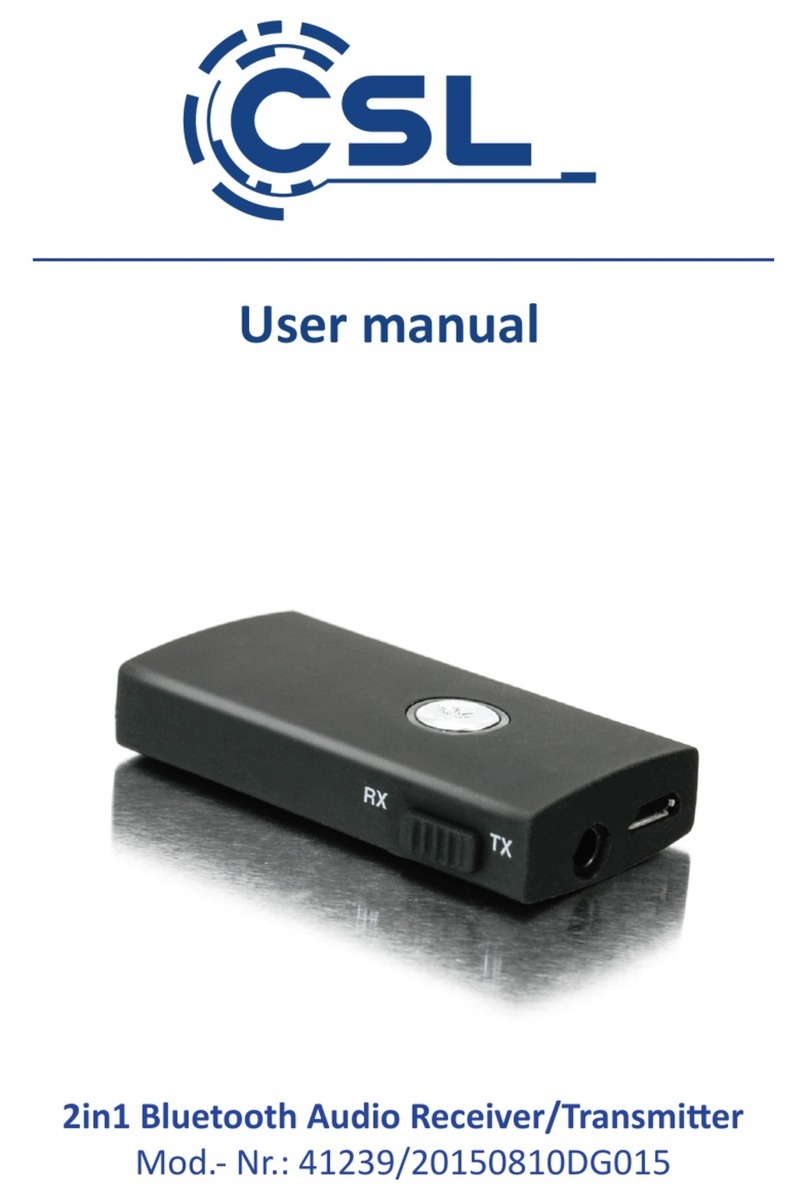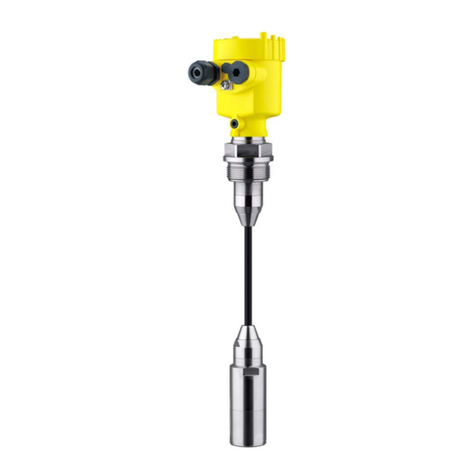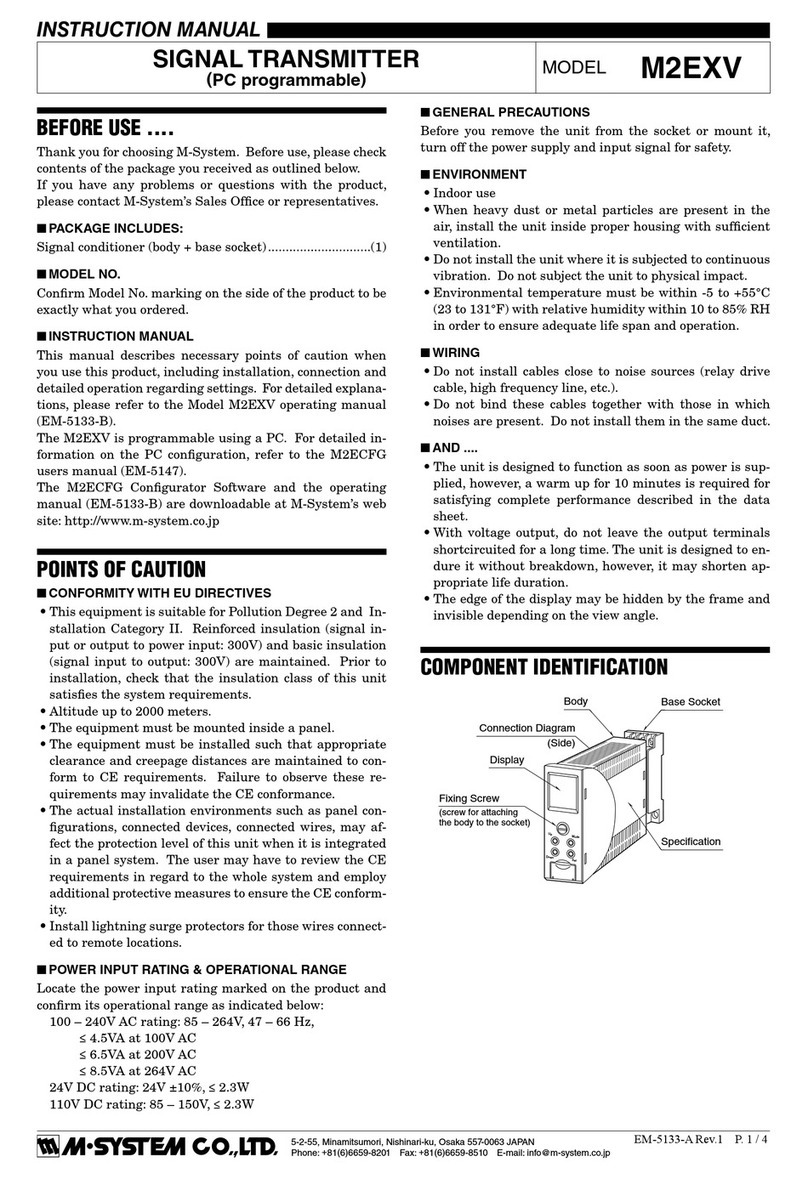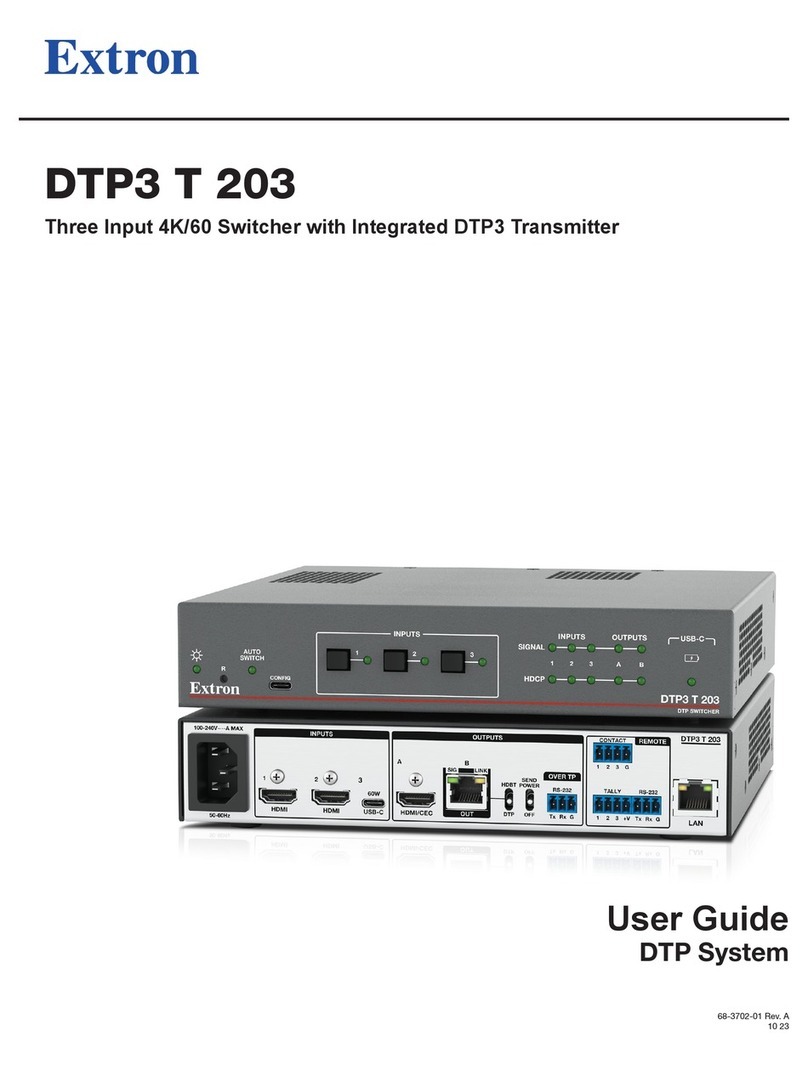
ISW-EN1261HT Installation Guide PIR Motion Sensor-Transmitter
Trademarks
Phillips®is a registered trademark of Phillips Screw Company in the
United States and other countries.
Overview
The ISW-EN1261HT is a wireless motion detector that features a
detection range of 15.2 m (50 ft), fixed or variable sleep time, a
walk test feature, a front and rear tamper switch, and increased
immunity to radio frequency interference, vibration, static, light
lighting ambient temperature changes, and other causes of false
activation.
The ISW-EN1261HT is supplied with a high capacity battery
providing extended battery life in high traffic environments, and is
designed with pet immunity up to 15 kg (33 lb) weight, and 30 cm
(12 in.) height.
1.0 Open the Detector Housing
To open the detector housing, release the housing screw and gently
raise the housing. Refer to Figure 1.
Figure 1: Open the Housing
1
1 - Housing screw
Figure 2: Detector Components
1PULSE
AUTO
MAX
MIN
VAR
FIX
AU NZ
RST
SENS +-
1
2
3
4
5
6
7
8
9
10
1 - Frequency Band pins
2 - Sleep Duration pins
3 - Sleep Time pins
4 - Tamper switch
5 - Pulse Count pins
6 - Sensitivity Adjustment dial
7 - Test Mode Reed switch
8 - Battery connector
9 - Battery clip
10 - Reset button
2.0 Configure the Detector
To configure the detector, place a supplied jumper plug on the
appropriate pins.
Refer to Figure 2 for the location of the Frequency Band, Pulse
Count, Sleep Time, and Sleep Duration pins.
Refer to Table 1 for a description of each configuration option.
The detector retains configuration data in non-volatile memory. It
does not require re-configuration after a loss of power.
If you change the detector’s configuration settings
after initial installation, press the Reset button for the
new settings to take effect.
When pressing the Reset button, do not touch the
Frequency Band pins. Touching the Frequency Band
pins while pressing the Reset button can inadvertently
set the detector to the wrong frequency band.
Table 1: Detector Configuration Options
Option Description/Pin Setting
Select the appropriate frequency band for your
geographic area.
North America (Default):
902 MHz to 928 MHz
NZ AU
New Zealand: 921 MHz to 928 MHZ
NZ AU
Frequency
Band
Australia: 915 MHz to 928 MHz
NZ AU
Single Pulse Count (Default): Use
this setting in environments where
minor temperature fluctuations
occur. Do not use this setting at
sites where heat variants cause
false alarms.
AUTO 1
PULSE
Pulse
Count
Automatic Pulse Count: Use this
setting in environments where
temperature fluctuations might
cause false alarms.
AUTO 1
PULSE
Variable (Default): Use this setting
in high-traffic environments. If the
detector senses motion, it sends an
alarm signal and then enters a
180-sec sleep period. If the
detector senses motion before the
sleep period ends, it restarts the
180-sec sleep period.
FIX VAR
Sleep
Time
Fixed: Use this setting in normal
operating environments. If the
detector senses motion, it sends an
alarm signal and then enters a
180-sec sleep period. If the
detector senses motion after the
sleep period ends, it sends another
alarm signal.
FIX VAR
Maximum (Default): The sleep
duration is 180 sec.
MAX
MIN
Minimum:
MIN/FIX: If the sleep duration is
set to MIN and the sleep time is set
to FIX, the detector has a sleep
time of 15 sec for the first six alarm
signals while motion is still
detected, followed by one extended
sleep period of 180 sec.
MAX
MIN
VAR
FIX
Sleep
Duration
MIN/VAR: If the sleep duration is
set to MIN and the sleep time is set
to VAR, the detector has a sleep
time of 30 sec.
MAX
MIN
VAR
FIX
